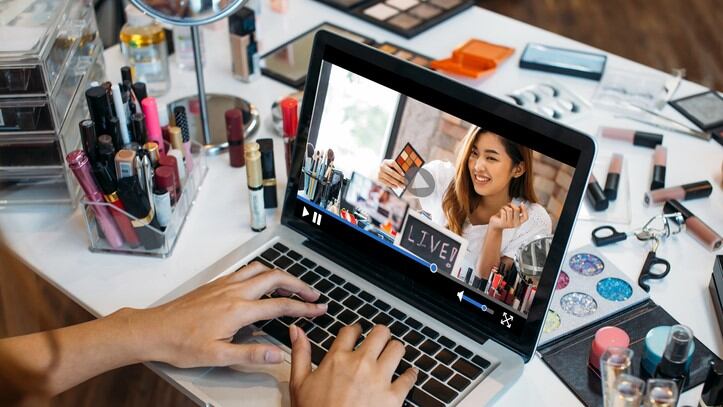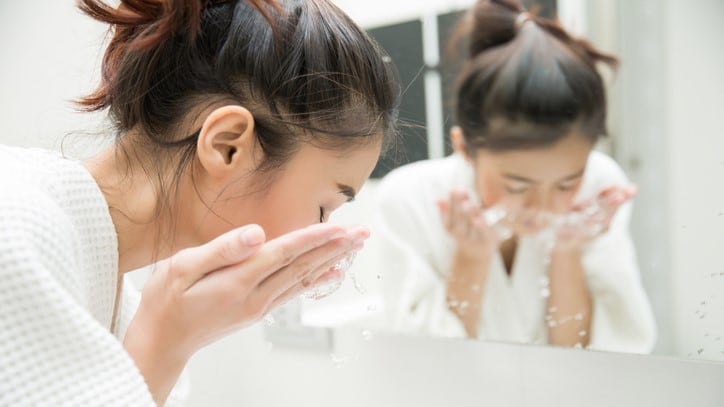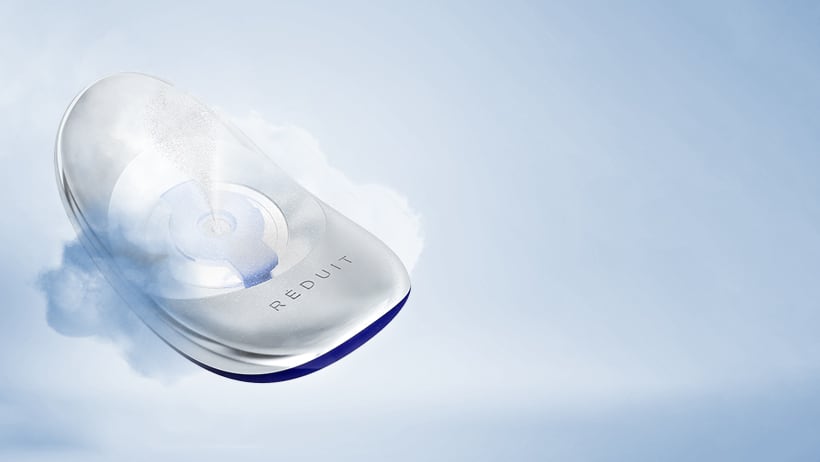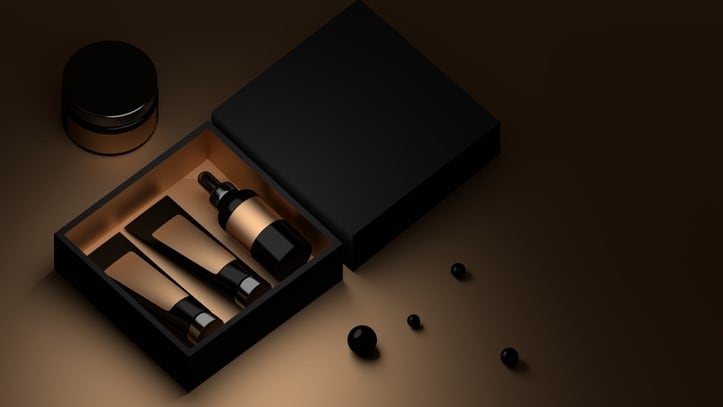The colour cosmetics category is expected to remain a driving force in China’s market despite the impact of the novel coronavirus (COVID-19).
In addition to the rising middle class and a general increase in living standards, in recent years, the younger generation has begun to show more interest in make-up thanks in part to the thriving social media scene.
As the country moves out of the COVID-19 pandemic phase, these trends are expected to continue driving the demand for make-up.
Samuel Xuereb, executive director of packaging supplier Toly told CosmeticsDesign-Asia that the firm expects the make-up category to perform strongly this year.
“Make-up is where the growth and action are. While the general economic situation in China will be tougher this year, growth in the make-up category is still expected to be very strong, especially when compared to mature markets in the West,” Xuereb.
In particular, the seems to be a rising demand for domestic make-up brands such as Perfect Diary, Marie Dalgar and Hua Xi Zi.
“Today, there is a new crop of domestic brands offering the young Chinese female consumer a more exciting, innovative and better value product than that offered by established Western brands. In terms of consumer decision making, it has become a lot easier to opt for a Chinese brand. Not to mention the fact that Generation Z has not lived through any major health and safety scandals,” said Xuereb.
A significant driver of domestic make-up brands has been the power of China’s social media and e-commerce ecosystem.
“The phenomenon described above would not have been possible without the Internet and the mastery of social media marketing. Platforms such as Little Red Book, Tmall, and critically, the pull that KOLs in China have has been a massive enabler in domestic brands becoming so dominant in such a short space of time.”
Making a first impression
The widespread lockdowns caused by COVID-19 has further pushed consumers and brands to rely more on e-commerce and new tools such as social commerce and live-streaming.
As such, Xuereb noted that local cosmetic brands are under immense pressure to differentiate themselves and their products to snag consumers’ attention.
“It's very hard to differentiate and show your latest shade or colour just on a WeChat post. This is where we see that the Chinese brands are really jumping over themselves to find the latest innovations which looks flashy and interesting on a mobile phone screen.”
Many of these local brands turn to packaging design to create that impactful first impression on a small screen.
“With so much business now taking place online, there is an extremely strong need for differentiation, especially in packaging. [There’s a need for] new application systems, new opening systems, new dispensing systems, novel surface decoration, basically anything to help the brand differentiate itself in what has become an immensely competitive and fierce marketplace.”
Unlike their Western counterparts, Chinese brands tend to have more complex ideas, said Xuereb.
“The difference between the West and the East in terms of making something look good for a mobile phone screen is different. At least in the west, brands have remained quite conservative. Generally, a lip gloss has remained cylindrical... In China, you get these really complex shapes, with faceted shapes and diamond looks. They are very willing to experiment.”
This can often bring about a series of challenges for packaging companies, he added.
“You need to be able to react so quickly to their demands. Otherwise, you miss out completely. When they start sourcing and they say they want a lip gloss bottle which looks like a crystal... Then we need to find a solution, something which will play into this fantasy of theirs.”
Overall, Xuereb considers this ‘good news’ for a company like Toly.
“Toly is considered an expensive supplier in the industry – we sell added value and creativity. We know they want this creativity and innovation and we've been able to sell it to a couple of brands.”
Moving forward, the firm plans to invest more in China, which it considers its biggest opportunity.
The Malta-headquartered company has seen business in Asia up roughly 30% to 40% year-on-year despite the novel coronavirus (COVID-19) pandemic, due to its strong business in China.
“It’s becoming a priority for our group. Not that the other markets are slow – the US market is growing nicely for us, but China is growing so much faster than any other markets. The opportunities are so immense over here,” said Xuereb.
Last year, the firm laid out plans to open a regional office in Shanghai in this to ‘rival’ its office in Hong Kong, however this has been delayed due to the disruptions caused by COVID-19.
“We haven’t gone as quick as I was hoping to obviously with COVID-19 hitting but we will be investing a lot more money into China,” said Xuereb.





